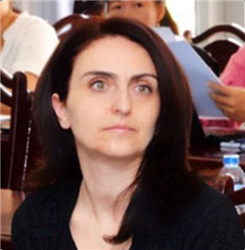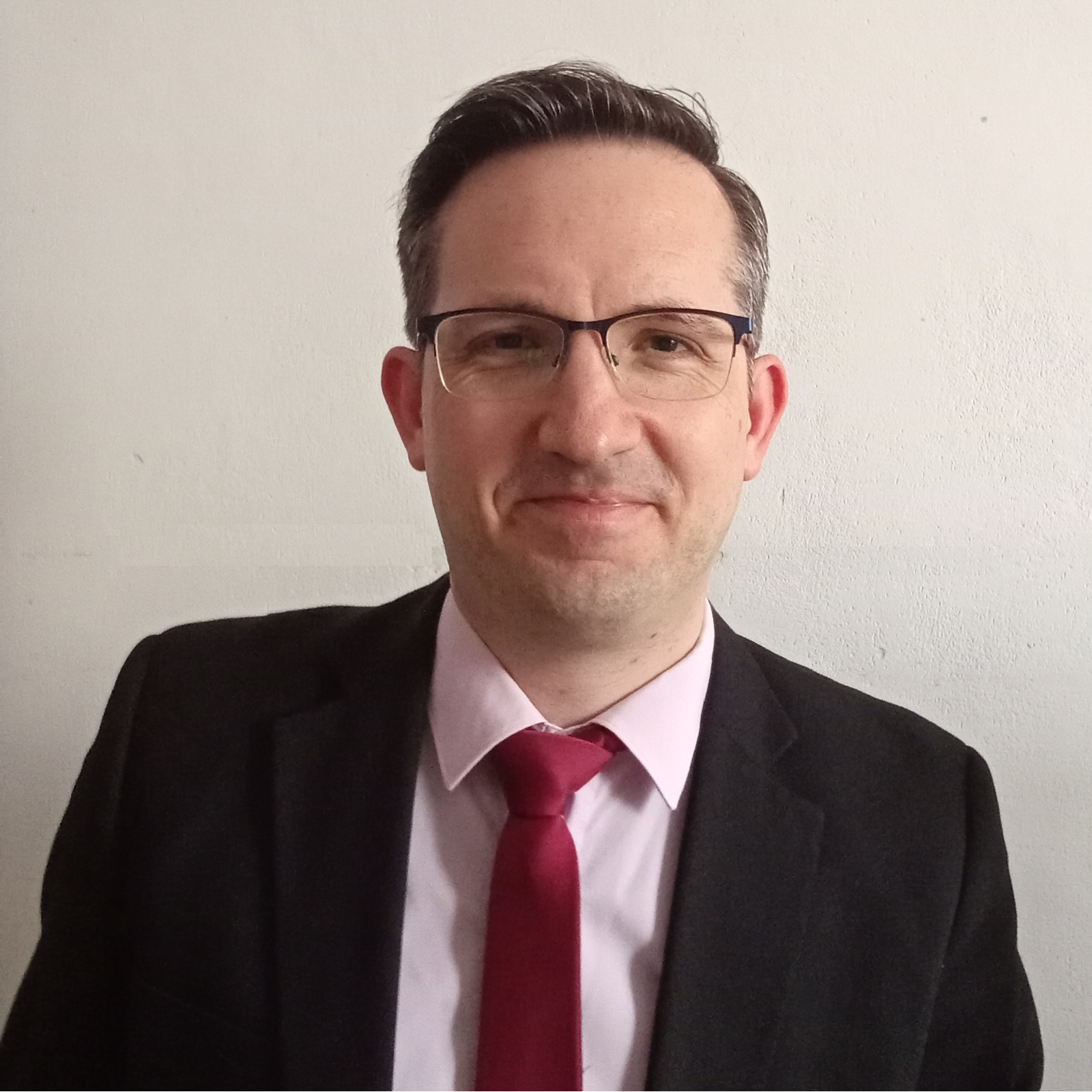Academic-Industry Relationships Towards Energy Transition: The Path to Accelerate Knowledge Transfer
Workshop Insights
Key Industry Challenges, Collaborative Solutions, and Actionable Next Steps (Session 1):
1. Aligning Energy Needs with Sustainable Practices.
Challenge: Sufficiency vs Efficiency There is a disconnect between what energy we truly need (sufficiency) and what we desire or overconsume (efficiency-focused usage). This leads to resource misallocation and sustainability trade-offs.
Proposed Solution: Develop and implement evaluation metrics that quantify both sufficiency and efficiency. These tools would assess the actual energy requirements, usage patterns, and production benchmarks to ensure appropriate resource allocation.
Next Steps:
•Promote interdisciplinary research to refine sufficiency metrics.
•Collaborate with policymakers to integrate these metrics into planning.
2. Financial Viability and Risk Management.
Challenge: High Costs and Risk Factors in Energy Projects Financing energy solutions is often hindered by high initial investments and uncertain returns, especially in volatile regions and under-resourced markets.
Proposed Solution: Introduce context-specific load management strategies and promote microgrid systems tailored to local energy profiles. This reduces dependency on large-scale infrastructure and distributes financial and operational risks.
Next Steps:
•Pilot microgrid initiatives in rural or underserved regions.
•Engage public and private sector stakeholders in funding and scaling these systems.
•Create active clusters from the public sector, government, academia, and industry that can respond rapidly to such problems and develop solutions
3. Bridging the Skills Gap.
Challenge: Insufficient Technical Know-How and workforce skills There is a lack of qualified professionals with the interdisciplinary skills needed to tackle sustainable energy challenges.
Proposed Solution: Expand access to affordable executive education programs and create a collaborative knowledge exchange platform (such as a strengthened SERMED network) that facilitates ongoing industry-academia dialogue.
Next Steps:
•Launch short-term training courses and certification programs.
•Develop a centralized portal for knowledge sharing and mentoring.
4. Local Lifecycle Issues.
Challenge: Neglected Local Life Cycle Issues Managing local lifecycle issues, particularly battery usage, disposal, and recycling, remains a significant challenge in sustainable technologies.
Proposed Solution: Leverage local knowledge to drive innovation and entrepreneurship by promoting solutions that are both locally appropriate and aligned with circular economy principles.
Next Steps:
•Establish innovation hubs tied to universities.
•Provide seed funding and mentorship for student- or community-led startups.
5. Education and Research.
Challenge: The Gap Between Theoretical Knowledge and Practical Application Gap in bridging theoretical education with real-world application, leading to poor implementation and reduced impact.
Proposed Solution: Define clearer
educational standards that balance experiential learning with academic rigor,
ensuring ethical engagement with communities and stakeholders.
Next Steps:
•Integrate case-based learning and fieldwork into university curricula.
•Develop ethics modules tailored for energy-related disciplines.
6. Energy Optimization in Academic and Industrial Facilities.
Challenge: Increased Energy Consumption and Inefficient Systems Energy demand is rising, prompting the need for optimized systems. Some buildings have Building Management Systems (BMS), but broader sensor coverage is lacking. In Lebanese factories, the reliance on diesel generators increases energy costs and inefficiencies.
Proposed Solution: Expand sensor networks in BMS-equipped buildings to collect operational data. Use AI models to optimize HVAC performance. Explore digital twin technologies in collaboration with academia. Tailor international energy-efficient cooling systems for local use in Lebanon.
Next Steps:
•Seek grants and private sector collaboration to finance sensors and controllers.
•Enhance data infrastructure in factories for predictive energy management.
•Develop a unified vision between academia and industry to address energy consumption.
7. Outdated Infrastructure and High Investment Barriers.
Challenge: Energy Losses from Aging Equipment and Regulatory Constraints Factories operate outdated machines and face regulatory (such as licensing) and financial hurdles for upgrades. Investments in PV and energy-efficient technologies remain low due to cost and legal ambiguity. industries are not relying on EDL since pricing is getting close to “generator” services. This cost is way higher than PV solutions combined with privately owned generators.
Investing in PV is a challenge for large industries compared to housing, and not everyone has been able to switch to these solutions. 80% of industrials in Lebanon still rely on imported fuel.
The democratization of PV solutions created “illegal micro-grids” for those who were able to invest; it may cause legal issues in the future.
Proposed Solution: Introduce motion
detectors, energy-efficient machines, and optimize existing capacities to avoid
over-investment. Support regulatory facilitation through official letters. When
investing in new equipment: modelling needs to account for the time factor to
assess savings achieved through cheaper bids. Risk assessment for projects
implemented and Quality assurance also need to be performed.
Next Steps:
•Establish continuous improvement departments within factories.
•Train staff internally post-certification to reduce training costs.
8. Inflexible Funding Structures and Short-Term Financing.
Challenge: Unsustainable Project Financing and Lack of Continuity Funding often comes through temporary donations or NGO support, which do not ensure long-term outcomes.
Proposed Solution: Develop legal
frameworks for funding continuity, contractor accountability, and tailored
mechanisms for Lebanon’s unstable context.
Next Steps:
•Provide risk assessments and quality assurance for new equipment bids.
•Facilitate industry investment through transparency and accountability reforms.
Challenges in Academia-Industry Collaboration (Session 2)
1. Misaligned Perceptions and Priorities.
Challenge: Mismatch Between University Capabilities and Market Demands Industry often views university-led projects as too theoretical or small-scale to have market value.
Proposed Solution: Create intermediary programs or co-funded project schemes that translate academic research into scalable prototypes aligned with industry needs.
Next Steps:
•Establish collaborative planning efforts between university and industry partners.
•Provide incentives for faculty and students to engage in market-relevant small projects.
2. Institutional Incentives and Engagement.
Challenge: Lack of Incentives for Student and Faculty Engagement Current academic structures do not always reward engagement with industry or practical project work.
Proposed Solution: Adjust institutional KPIs and promotion criteria to value applied research, internships, and startup participation.
Next Steps:
•Revise university policies to reward industry engagement.
•Provide grants for student-industry collaboration projects.
3. Incompatible Project Timelines.
Challenge: Implementation vs. validation gap Industry’s Need for Rapid Implementation Universities often operate on longer timelines, while industries require fast, iterative solutions.
Proposed Solution: Adopt agile research methods and staged implementation strategies to allow partial deployment and faster iteration.
Establish joint advisory boards and clear MOUs to align expectations.
Launch joint innovation hubs or living labs.
Encourage co-funded research positions and dual-affiliation roles (e.g., industrial PhDs. Knowledge Transfer Programs - KTPs).
Next Steps:
•Set up fast-track innovation within academia.
•Collaborate on real-time pilot testing environments.
4. Data Availability and Sharing.
Challenge: Limited Data from Industry Slows Academic Research A lack of accessible, high-quality data from industrial partners delays problem-solving and research outcomes.
Proposed Solution: Encourage industries to prepare and share relevant datasets to enable faster and more accurate academic analysis. Promote open data initiatives and develop secure data-sharing frameworks. Create shared repositories with standardized formats. Encourage data-sharing through consortiums or government-backed platforms.
Next Steps:
•Promote short-term, small-scale collaborations to build trust.
•Develop secure data-sharing frameworks between academia and industry.
5. Trust and Communication Gaps.
Challenge: Misalignment and Perception Issues Between Academia and Industry Industries perceive academic outputs as too theoretical. Senior academics often lack industrial experience, and communication platforms are underdeveloped.
Weak or missing structured platforms for dialogue.
Limited awareness of mutual needs, terminology, and constraints.
Fragmented networking and collaboration opportunities.
Minimal industry involvement in academia (e.g., curriculum development).
Proposed Solution: Initiate short-term joint projects to gradually build trust. This will ultimately encourage researchers to engage more with market needs.
Organize regular workshops, forums, and moderated roundtables. Create dedicated liaison roles or platforms. Facilitate cross-sector training, mentorship, and collaborative curriculum design.
Next Steps:
•Organize regular industry-academia roundtables and visits.
•Provide real-world case studies and contextual exposure in classrooms.
6. Gaps in Applied Skills and Practical Training.
Challenge: Academic Curriculum Misaligned with Industrial Needs Industries prioritize hands-on experience, while academic programs often focus on outdated protocols or theory.
Proposed Solution: Expand student internships, integrate real-case scenarios into coursework, and encourage
alternating academic and industrial training periods. Training and certifications (ASHRAE, CEM, technical trainings); but these can be costly.
Next Steps:
•Collaborate on final-year projects and student competitions.
•Encourage contextual, industry-relevant learning experiences.
•Subsidize industrial training
7. Cultural Barriers and Perceived Self-Sufficiency in Industry.
Challenge: Resistance to Collaboration and Openness Some industries rely on consultants with experience over academic partnerships and are reluctant to engage in open innovation due to secrecy and competitiveness. In certain industries, the technical team responsible for facility running and maintenance is also responsible for R&D in parallel. There is a need for R&D departments separately handling the design and implementation of new equipment and technologies.
Proposed Solution: Academics can conduct free assessments to demonstrate ROI. Promote R&D visibility through site visits, conferences, and showcasing successful collaborations.
Next Steps:
•Build trust through transparency and dialogue.
•Address operational and maintenance costs in planning, not just upfront investments.
Who we are
Featured links
Get in touch
-
info@ser-med.com
Co-funded by the European Union. Views and opinions expressed are however
those of the author(s) only and do not necessarily reflect those of the
European Union or the European Education and Culture Executive Agency (EACEA).
Neither the European Union nor EACEA can be held responsible for them.
Copyright © 2024
César Valderrama

Gabriella Calderari

Sameer Khader

Samer Y. Alsadi

Nesreen Ghaddar

Dana Al Batlouni

Assaad Zoughaib

Abed Ellatif Samhat

Katiuscia Cipri

Carlos Gonzalez De Miguel

Paolo Venturini

